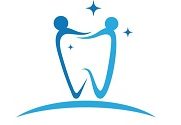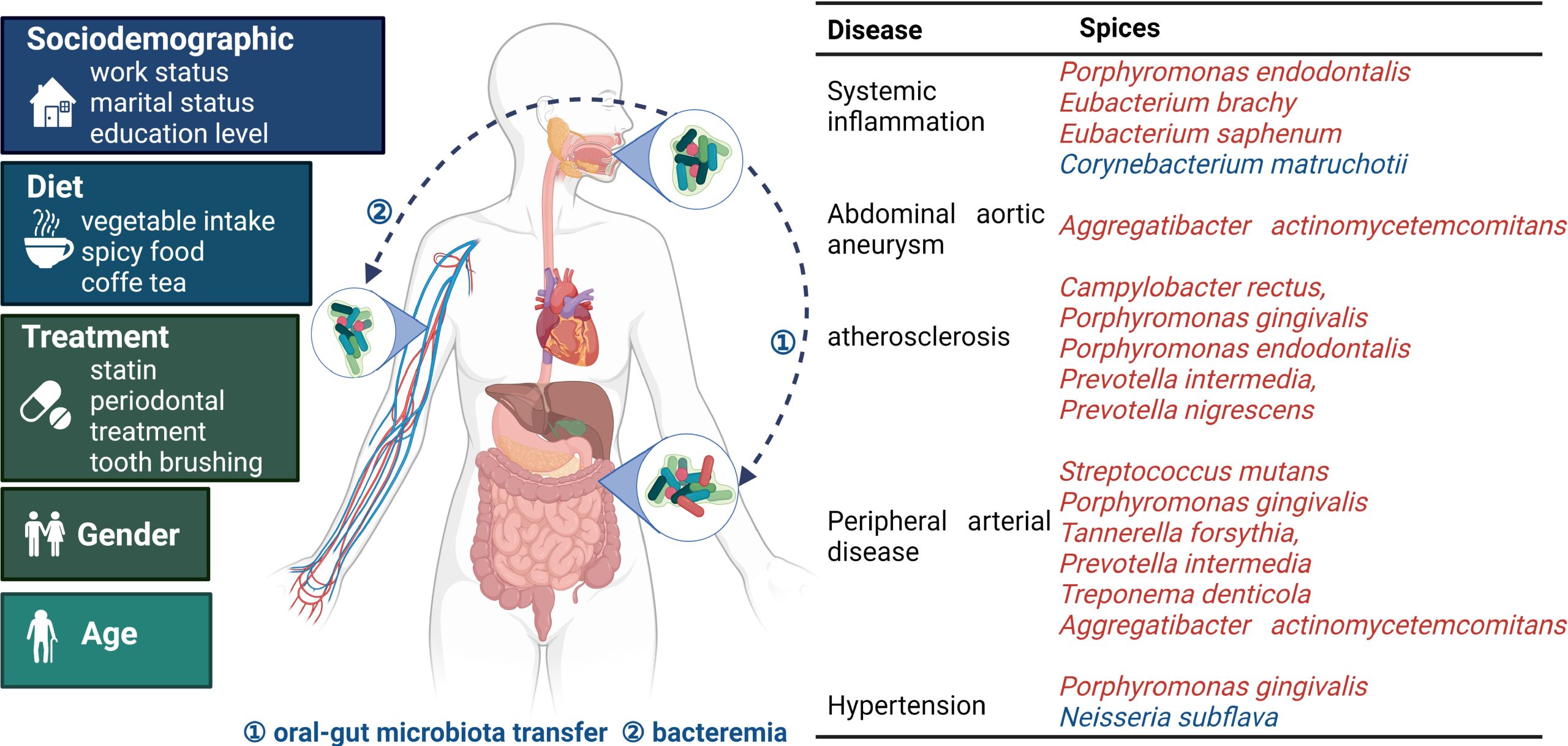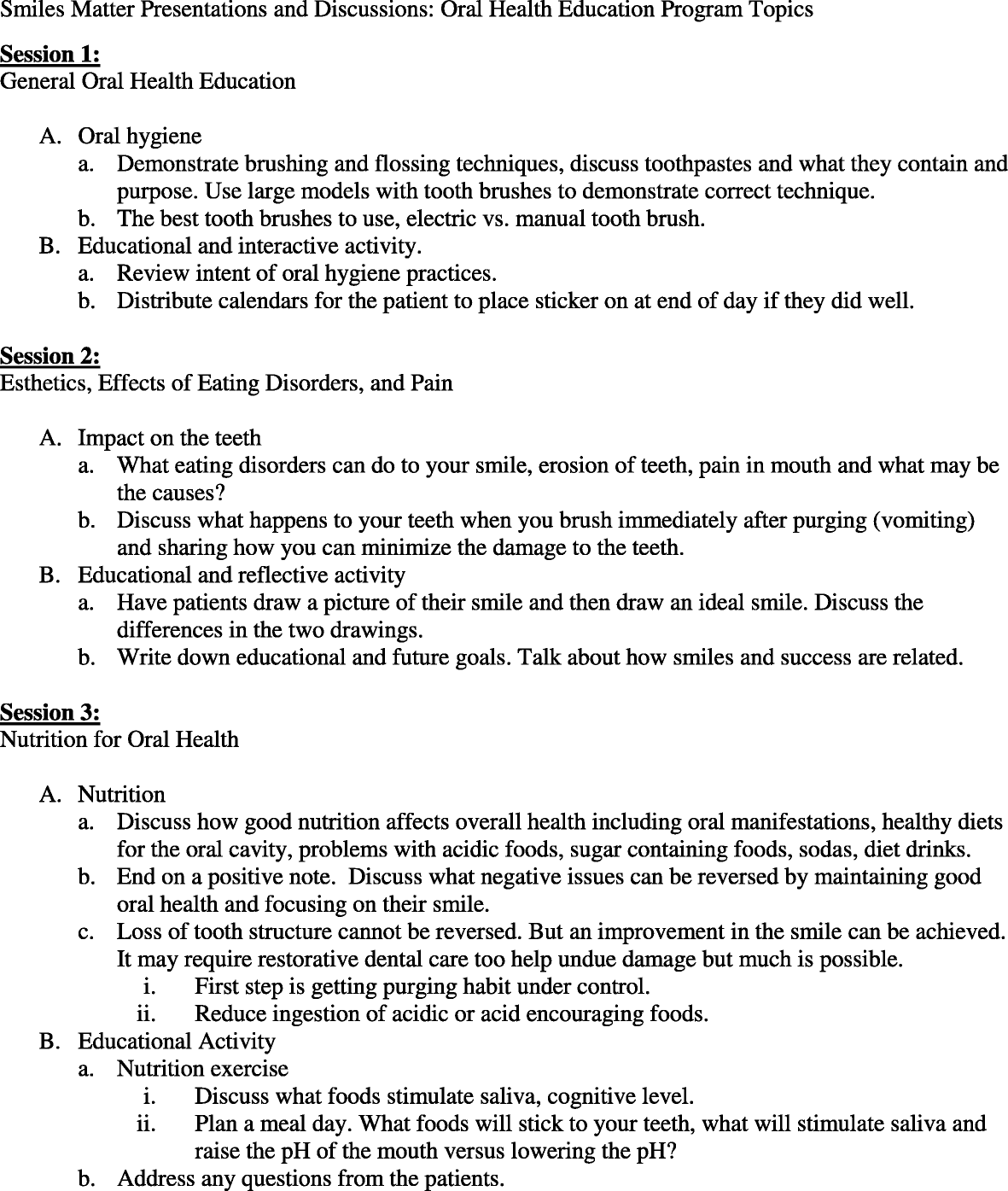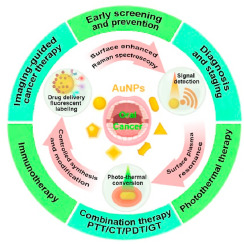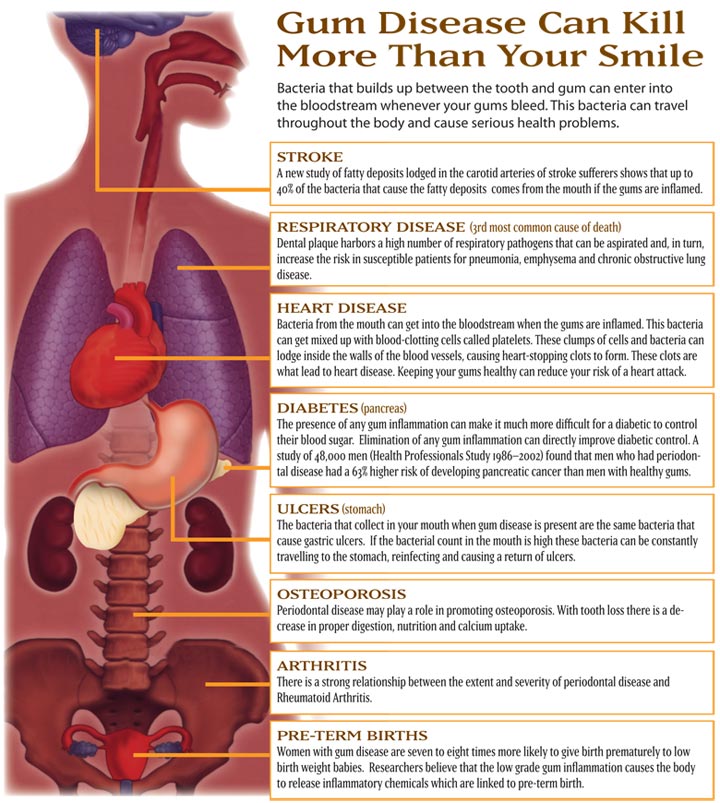Introduction
The study of the oral microbiome has gained significant attention in recent years, as researchers uncover its crucial role in maintaining oral health and its potential implications for overall well-being. This article explores the emerging trends in oral microbiome research and their implications for dental care.
The Oral Microbiome: A Complex Ecosystem
The oral microbiome refers to the diverse community of microorganisms that reside in the oral cavity. It consists of bacteria, viruses, fungi, and other microorganisms, collectively forming a complex ecosystem. Recent advancements in DNA sequencing technologies have allowed researchers to gain a deeper understanding of the oral microbiome and its impact on oral health.
Oral Microbiome and Dental Diseases
Research has shown that an imbalance in the oral microbiome can contribute to the development of dental diseases such as tooth decay (caries) and periodontal disease. Certain bacteria, such as Streptococcus mutans, are associated with tooth decay, while Porphyromonas gingivalis is linked to periodontal disease. Understanding the composition and dynamics of the oral microbiome can help in developing targeted preventive and therapeutic strategies.
Oral Microbiome and Systemic Health
Emerging evidence suggests that the oral microbiome may have implications beyond oral health. Studies have found associations between oral health and various systemic conditions, including cardiovascular disease, diabetes, and respiratory infections. The oral microbiome may serve as a reservoir for pathogens that can enter the bloodstream and contribute to systemic inflammation and disease. Further research is needed to fully understand these complex relationships.
Advancements in Oral Microbiome Research
High-Throughput Sequencing
High-throughput sequencing techniques have revolutionized oral microbiome research by enabling the identification and characterization of thousands of microbial species present in the oral cavity. This technology allows researchers to study the oral microbiome in greater detail and identify potential biomarkers for disease diagnosis and treatment.
Metagenomics and Metatranscriptomics
Metagenomics and metatranscriptomics are powerful tools that allow researchers to study the genetic material and gene expression.
Summary
Advancements in technology and research methodologies have allowed scientists to delve deeper into the oral microbiome, revealing its intricate composition and functions. The oral microbiome consists of a diverse array of bacteria, viruses, fungi, and other microorganisms that coexist in a delicate balance. Disruptions in this balance, often caused by poor oral hygiene, diet, or certain medications, can lead to oral diseases such as dental caries (cavities), periodontal (gum) disease, and halitosis (bad breath).
Recent studies have highlighted the role of specific oral bacteria in the development and progression of various oral diseases. For example, certain strains of Streptococcus mutans have been strongly associated with dental caries, while Porphyromonas gingivalis has been linked to periodontal disease. Understanding the interactions between these microorganisms and their host can provide valuable insights for developing targeted preventive and therapeutic strategies.
Furthermore, research has shown that the oral microbiome is not limited to oral health alone. It has been implicated in various systemic conditions, including cardiovascular disease, diabetes, respiratory infections, and even certain cancers. The oral microbiome may serve as a reservoir for potential pathogens that can spread to other parts of the body, highlighting the importance of maintaining oral health for overall well-being.
As our understanding of the oral microbiome continues to expand, so does the potential for personalized dental care. By analyzing an individual’s oral microbiota, dentists may be able to identify specific risk factors for oral diseases and tailor preventive measures accordingly. This could involve targeted antimicrobial therapies, probiotics, or even personalized dietary recommendations to promote a healthy oral microbiome.
In conclusion, the emerging trends in oral microbiome research have significant impli click for source cations for dental care.
- Q: What is oral microbiome research?
- A: Oral microbiome research focuses on studying the microorganisms present in the mouth and their interactions with the host. It aims to understand the role of these microorganisms in oral health and disease.
- Q: Why is oral microbiome research important?
- A: Oral microbiome research is important because it helps in understanding the complex microbial communities in the mouth and their impact on oral health. It can lead to the development of new strategies for preventing and treating dental diseases.
- Q: What are some emerging trends in oral microbiome research?
- A: Some emerging trends in oral microbiome research include the use of advanced sequencing techniques to identify and characterize oral microorganisms, studying the role of oral microbiome in systemic diseases, and exploring the potential of probiotics for oral health.
- Q: How does oral microbiome research impact dental care?
- A: Oral microbiome research provides insights into the complex interactions between oral microorganisms and the host, which can help in developing personalized approaches to dental care. It can aid in the development of targeted therapies and preventive strategies for maintaining oral health.
- Q: Can oral microbiome research help in preventing dental diseases?
- A: Yes, oral microbiome research can contribute to the prevention of dental diseases. By understanding the specific microorganisms associated with dental diseases, researchers can develop interventions to modulate the oral microbiome and prevent the onset or progression of dental conditions.

Welcome to my website! My name is Jamie Raw, and I am a passionate Dental Researcher dedicated to advancing oral health and promoting holistic dentistry practices. With years of experience in the field, I am excited to share my knowledge and insights with you.
